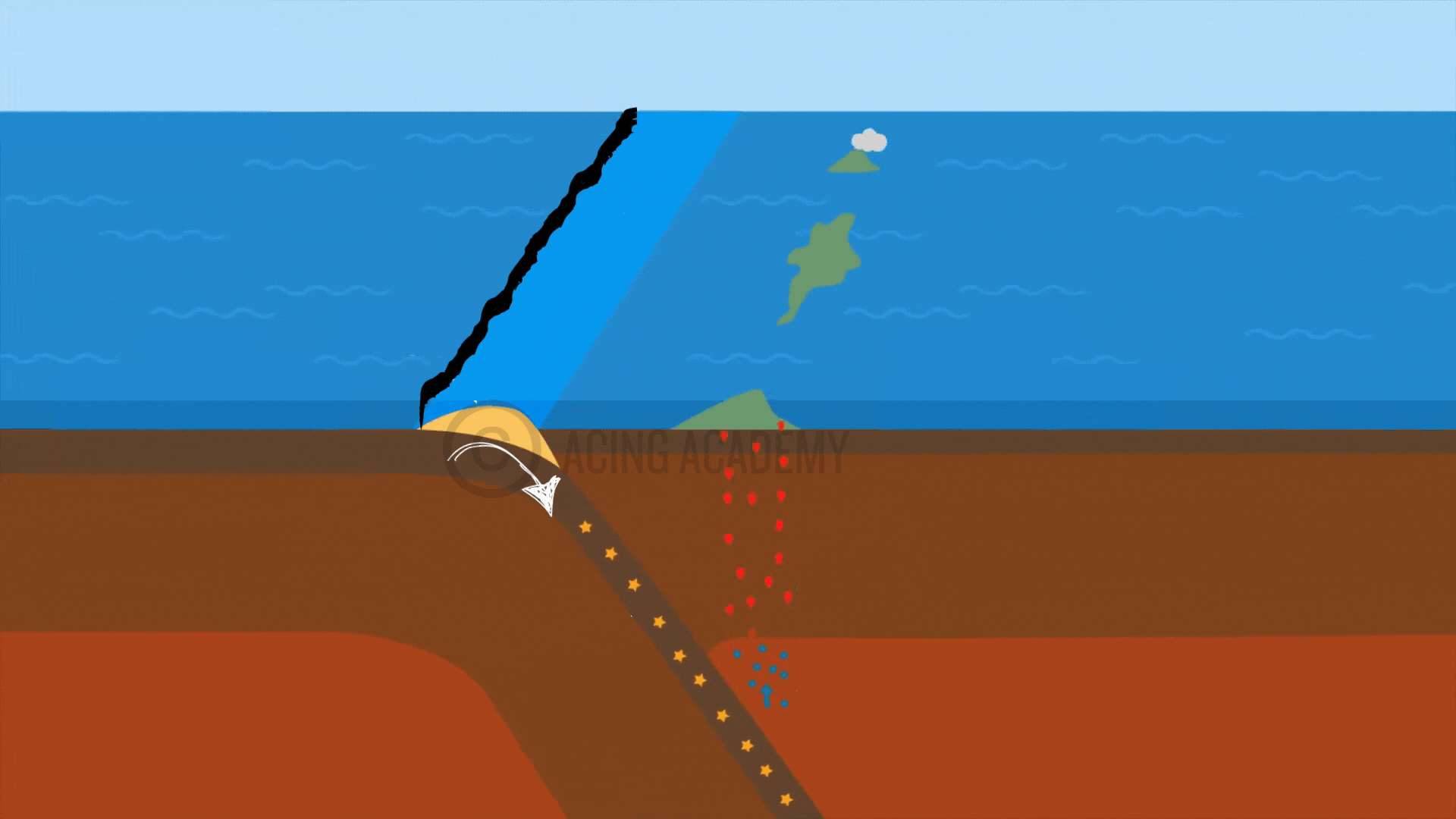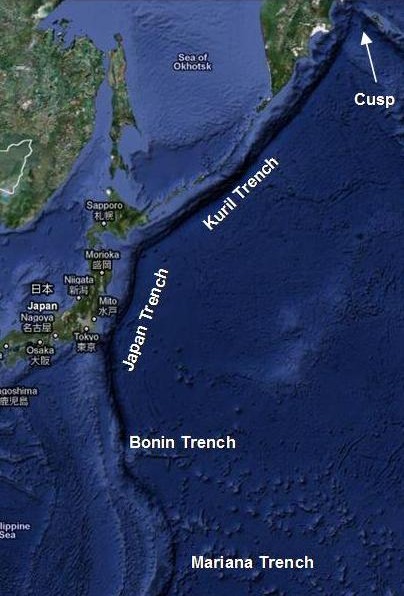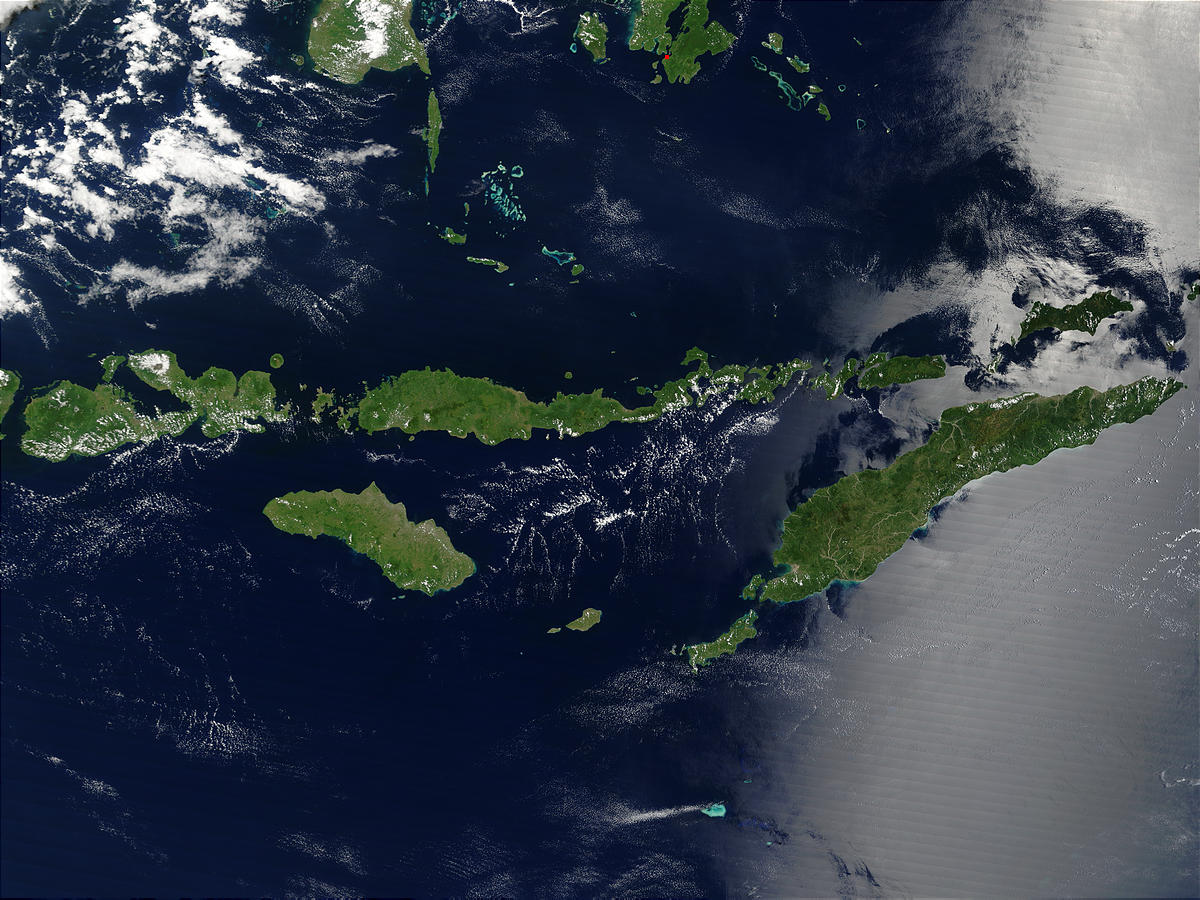Endogenic Geomorphic Processes [Slow Movements]
Land surfaces are also sculpted into a wide diversity of shapes through Erosion and Deposition by the actions of water, wind, waves, ice, etc
1. Fluvial Landforms
1.1 Fluvial Erosional Landforms
Introduction
A strong river diverts a weak river from its path, and makes it to flow along with it
Formation
River capture happens when one river, typically a stronger or faster-flowing one, erodes its way into the drainage basin of a neighboring river, diverting the water from the weaker river and essentially “capturing” its flow, often through a process called headward erosion where the capturing river extends its channel upstream towards the other river’s headwaters, eventually diverting the water into its own course.
Introduction
V-shaped valley is a narrow valley with steeply sloped side. When the valley floor flattens out, Forming U shape its called a U- Shaped Valley
Formation
A V-shaped valley is formed by the erosive action of a river, where the flowing water cuts deep into the land, creating steep sides that meet at a point. As the cycle attains maturity, the lateral erosion (makes river wider) becomes prominent and the valley floor flattens out, Forming U shape
What is a Gorge ? Canyon?
A “gorge” is a smaller, narrower version of a V-shaped valley with steep sides, while a “canyon” is a much larger, deeper V-shaped valley
Introduction
While potholes are smaller, circular depressions in a riverbed plunge pools are large, deep depressions at the base of a waterfall
Formation
Concentrated force of falling water carrying pebbles grind against the rock surface create these depressions
Introduction
Rapids and cataracts are both features of rivers that involve fast-moving water and obstacles. They are essentially circular movement of water. Cataracts are steeper rapids
Formation
Due to the unequal resistance of hard and soft rocks traversed by a river, the outcrop of a band of hard rock may cause a river to ‘jump’ or ‘fall’ down stream in a circular motion.
Introduction
Stepped benches along the river course in flood plains
Formation
River terraces are basically products of erosion as they result due to vertical erosion by the stream into its own depositional floodplain.
Introduction
Slow movement of water creates small channels called rills which become larger to form gullies
Formation
They are typically formed in arid areas. Arid environments often have limited vegetation cover, leaving the soil exposed and more vulnerable to erosion by water runoff. As rills develop, they can channel more water into a smaller area, deepening and widening the channel, eventually forming a gully.
1.1 Fluvial Erosional Landforms

Trench

Islandic Arc

Younger Oceanic Crust
Earthquake Zone
Earthquakes occurring at oceanic-oceanic collision zones, also known as subduction zones, are considered the most dangerous due to their potential for generating massive megathrust earthquakes, which can trigger devastating tsunamis
Introduction
A strong river diverts a weak river from its path, and makes it to flow along with it
Formation
River capture happens when one river, typically a stronger or faster-flowing one, erodes its way into the drainage basin of a neighboring river, diverting the water from the weaker river and essentially “capturing” its flow, often through a process called headward erosion where the capturing river extends its channel upstream towards the other river’s headwaters, eventually diverting the water into its own course.
Introduction
V-shaped valley is a narrow valley with steeply sloped side. When the valley floor flattens out, Forming U shape its called a U- Shaped Valley
Formation
A V-shaped valley is formed by the erosive action of a river, where the flowing water cuts deep into the land, creating steep sides that meet at a point. As the cycle attains maturity, the lateral erosion (makes river wider) becomes prominent and the valley floor flattens out, Forming U shape
What is a Gorge ? Canyon?
A “gorge” is a smaller, narrower version of a V-shaped valley with steep sides, while a “canyon” is a much larger, deeper V-shaped valley
Introduction
While potholes are smaller, circular depressions in a riverbed plunge pools are large, deep depressions at the base of a waterfall
Formation
Concentrated force of falling water carrying pebbles grind against the rock surface create these depressions
Introduction
Rapids and cataracts are both features of rivers that involve fast-moving water and obstacles. They are essentially circular movement of water. Cataracts are steeper rapids
Formation
Due to the unequal resistance of hard and soft rocks traversed by a river, the outcrop of a band of hard rock may cause a river to ‘jump’ or ‘fall’ down stream in a circular motion.
Introduction
Stepped benches along the river course in flood plains
Formation
River terraces are basically products of erosion as they result due to vertical erosion by the stream into its own depositional floodplain.
Introduction
Slow movement of water creates small channels called rills which become larger to form gullies
Formation
They are typically formed in arid areas. Arid environments often have limited vegetation cover, leaving the soil exposed and more vulnerable to erosion by water runoff. As rills develop, they can channel more water into a smaller area, deepening and widening the channel, eventually forming a gully.


 UPSC Exams
UPSC Exams  UPSC CSE
UPSC CSE UPSC CAPF
UPSC CAPF UPSC CDS
UPSC CDS UPSC NDA
UPSC NDA UPSC EPFO
UPSC EPFO UPSC CISF LDCE
UPSC CISF LDCE State Upper PCS
State Upper PCS  UPPSC PCS
UPPSC PCS BPSC CCE
BPSC CCE RPSC RAS
RPSC RAS MPPSC (Madhya Pradesh) CCE
MPPSC (Madhya Pradesh) CCE MPSC (Maharasthra) Rajyaseva
MPSC (Maharasthra) Rajyaseva WBPSC WBCS
WBPSC WBCS GPSC CCE
GPSC CCE KPSC (Karnataka) KAS
KPSC (Karnataka) KAS APSC (Assam) CCE
APSC (Assam) CCE View More
View More Defence
Defence AFCAT
AFCAT BSF SI
BSF SI Indian Army Agniveer
Indian Army Agniveer Banking
Banking  IBPS PO
IBPS PO SBI PO
SBI PO RBI Grade B
RBI Grade B Cental Bank Of India Apprentice
Cental Bank Of India Apprentice IDBI Junior Assistant Manager
IDBI Junior Assistant Manager SSC
SSC  Police
Police  Bihar Police SI
Bihar Police SI UP Police SI
UP Police SI Delhi Police Head Constable
Delhi Police Head Constable Rajasthan Police SI
Rajasthan Police SI WB Police SI
WB Police SI Assam Police SI
Assam Police SI Odisha Police SI
Odisha Police SI Railway
Railway Other State Exams
Other State Exams Insurance
Insurance Regulatory Body
Regulatory Body